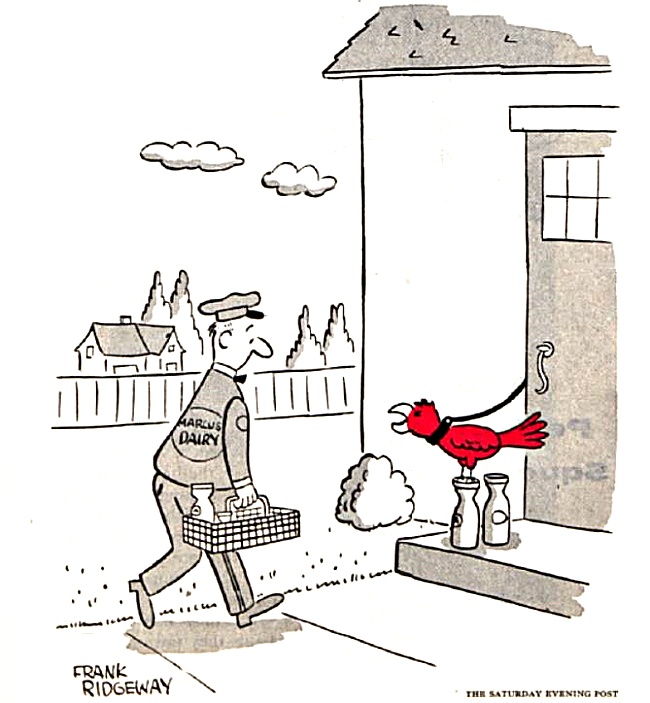 |
| Charles M. Schulz |
Charles M. Schulz
 |
| Charles M. Schulz |
Charles M. Schulz
 |
| Dik Browne |
 |
Richard Osman’s second novel doesn’t disappoint. Plus, the science behind Aesop’s fables and on the Covid frontline with Dr Rachel Clarke
 |
| ‘His characters are beautifully drawn’: Richard Osman. Photograph: Antonio Olmos |
Richard Osman
Viking, £18.99, pp432
TV presenter Osman’s highly entertaining second novel revisits the quartet of septuagenarians that made his debut, The Thursday Murder Club, a runaway hit. Ex-spy Elizabeth is visited by her former husband and colleague, Douglas, in need of help to escape the clutches of MI5 and the mafia, sending the pensioners on their next sleuthing adventure. Osman’s characters are beautifully drawn, perfectly balancing humour and pathos, and the result is a novel that’s pure pleasure to read.
Jo Wimpenny
Bloomsbury, £16.99, pp368
Jo Wimpenny, a zoologist, questions whether there is any scientific reasoning behind Aesop’s depictions of animals in his collected morality tales. Her canvas is wide-ranging, incorporating personal reflections and research. In one chapter, The Dog and Its Shadow, she sweeps from Darwin to modern neuroscience by way of her own childhood desire to be a canine. Engaging and comprehensive, this is highly readable popular science.
Rachel Clarke
Abacus, £9.99, pp240
Dr Rachel Clarke’s award-winning 2020 book Dear Life established her as a compassionate and lyrical voice within medical literature. With Breathtaking, the palliative care specialist turns her attention to Covid, in a raw and unflinching portrayal of life on the frontline of the pandemic. There is her fury at the government’s ineptitude – here we understand the terrifying reality of insufficient PPE – and an intimate portrayal of her colleagues on Oxford’s Covid wards. And there is her grief for the patients, and co-workers, she loses. Deeply humane, Breathtaking is a book replete with courage, resilience and empathy.
About Hägar the Horrible
Hägar the Horrible broke all records when it was launched on Feb. 4, 1973, becoming the fastest growing comic strip ever.
 |
| Il barone rampante sull'albero |

These birds are absurd!
August 17, 2022


New mothers—no shame to all those self-love adage sharers on Instagram—actually often do have goals that involve changing themselves.
Ahead of her lifetime achievement award from the Screen Actors Guild this Saturday, Rita Moreno dishes on “West Side Story,” dating Marlon Brando and Elvis, and why she’s hit her prime at 82.
Moreno was stunned. “I just slammed on the brakes and damn near had an accident,” says the legendary singer, dancer and actress. She quickly pulled off the road and called SAG back to make sure she had heard the news correctly.
 |
| Jayne Mansfield |
David Denbey
19 August 2013
Joseph L. Mankiewicz, who wrote and directed “The Barefoot Contessa” (1954), a bitter fable about the movie business, gave the picture’s star one of the most craftily prepared entrances in the history of cinema. The setting is a night club in Madrid. A dancer named Maria Vargas is performing, but Mankiewicz shows us only the reactions of the crowd: the men rapt and ravenous; the women irritable. As Vargas finishes her act and goes backstage, three men from Hollywood arrive to meet her. She refuses to come out, but Harry Dawes, a down-on-his-luck writer and director (Humphrey Bogart), barges into her dressing room, where he notices her bare feet below a drawn curtain; she is embracing her lover. Dawes teases her, and, enraged, she yanks the curtain aside. Then, at last, we see her: Ava Gardner, with her thick black hair, bowed lips, cleft chin, and green eyes, wearing a scarlet necklace that matches her lipstick, and a white peasant blouse pulled off one shoulder. Admiration struggles against disbelief: how could anyone look that good?
/cloudfront-eu-central-1.images.arcpublishing.com/prisa/6OF7W3JFXBGN3EY7D6KYCIWLIY.jpg)
During a career spanning nearly half a century, Ava Gardner loved, fought, cried, laughed, suffered, had fun and, obviously, also acted. She was a star. Lauded by Hollywood as “the most beautiful animal in the world,” she battled against the norms of her time, and did what she could to improve the weak scripts that – by contract – she had to follow. She even fled to Europe to escape Hollywood’s conventionality.
| Ava Gardner in 1952.VIRGIL APGER American actress Ava Gardner (1922 - 1990) spoke of her insatiable desire for sex |
 |
| “Male Surfers” Carmel Ca. 1967 ARTOGRAPHY by KALI |
In the early 1960s, photographer Joan Archibald abandoned suburban Long Island for the eternal summer of Southern California. Working at home from makeshift darkrooms in desert and canyon houses, she began creating striking, innovative photographs and adopted a Pop art sensibility that included changing her name to Kali.
 |
| Paul Bowles in Tangier |
Ronald Bergan
Tue 29 December 2009
In 1998, at the Edinburgh Film Festival, I was happily watching the documentary Let It Come Down: The Life of Paul Bowles, when the weirdest thing happened to me. While the 87-year-old author was being interviewed in his apartment in Tangier, I had a strange feeling of deja vu. An African mask on the wall triggered the sense that I had been in that apartment before. Was that possible? Maybe I had seen a photo of it somewhere. I had come to the film without any pre-conceived notions, nor did I know much about Bowles, merely that he had written The Sheltering Sky, a book I had not read. I had seen Bernardo Bertolucci's film adaptation of it, which I had not much liked. That was the sum of my knowledge of Bowles.